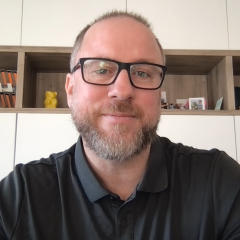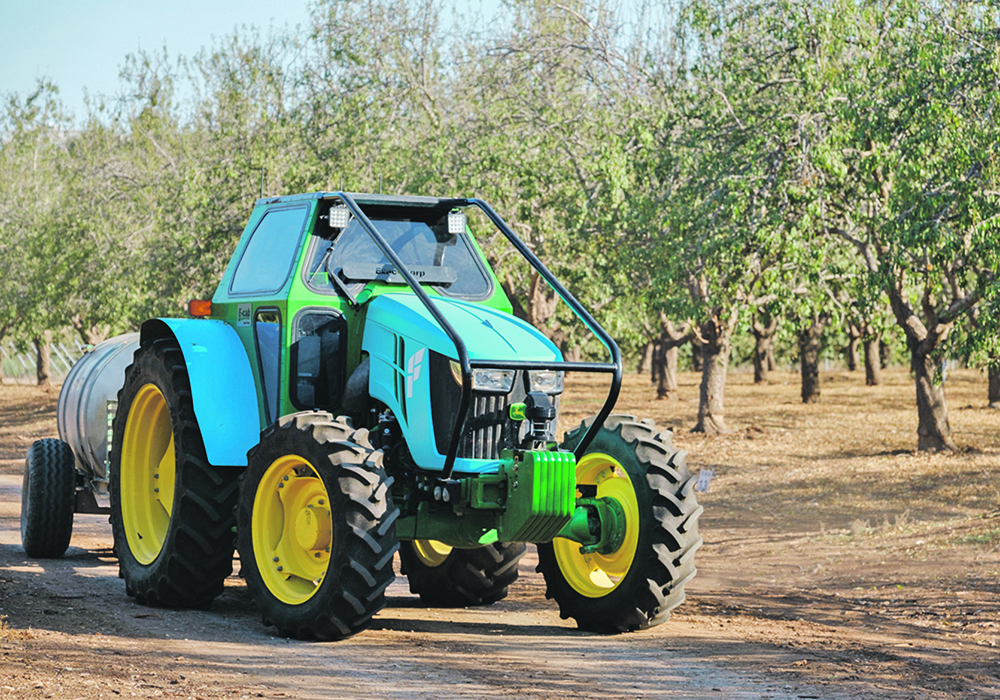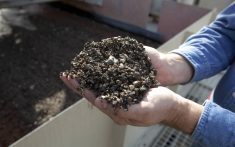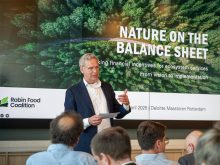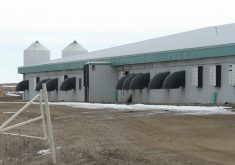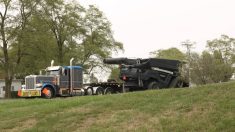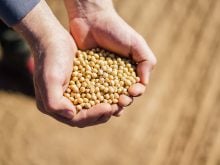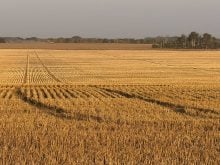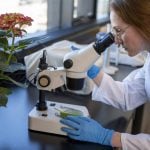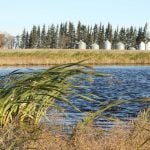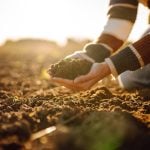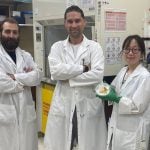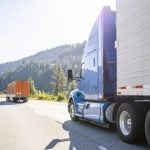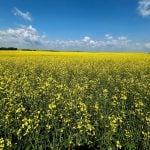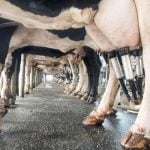Combining data and information processing with the field tools to put it to work forms Fieldin’s future
Fieldin is already the most-used digital platform for growers of high-value orchard crops, but it’s moving into the agricultural robotics space with the acquisition of Midnight Robotics late last year.
Yonatan Horovitz was a co-founder of Midnight Robotics and he now holds the role of chief autonomy officer at Fieldin.
He said the path towards autonomy for the company will be a long one because significant milestones must be achieved.
“So, you start with visibility, you then move to things like auto steering to help give confidence to the farmer that everything is working properly. Then transitioning to autopilot, like controlling the gas and brake and then gradually and slowly and safely transitioning into autonomy until everything is automated.”
Read Also
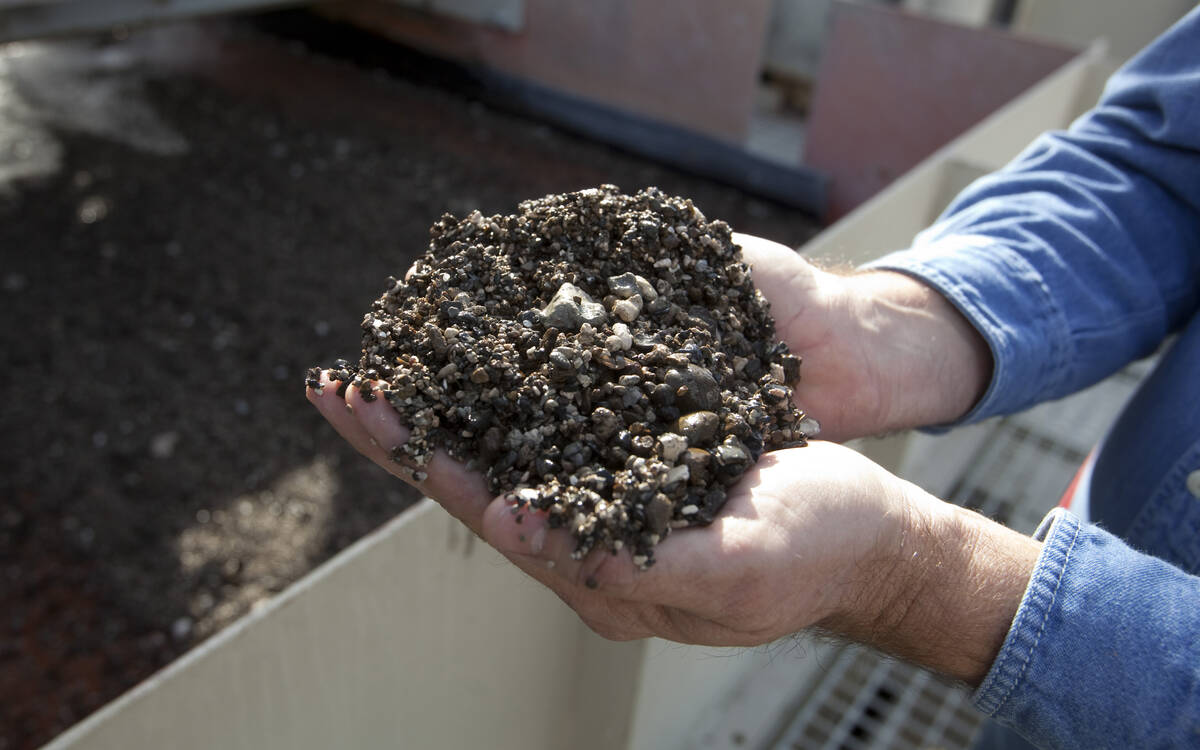
Phosphate prices to remain high
Phosphate prices are expected to remain elevated, according to Mosaic’s president.
Midnight Robotics is based out of Israel. It focuses on retrofitting tractors and other farming equipment with lidar-based sensing technologies.
One of “the deep technologies of the company was the ability to transform and automatically adjust the algorithms of the driving decisions, based on the tractor model that you’re connecting to. So, understanding how the tractor behaves in a trajectory, like what kind of commands we need to do in order to move it to different directions to do specific tasks,” Horovitz said.
Fieldin’s California headquarters provides growers visibility on how their farm operates and gives them insights on what can be improved.
For instance, the base layer of data it provides is the location of farm equipment and how they performed including if there were any misses with a sprayer.
This data layer is useful for farm managers who need to keep track of the productivity of multiple machines at the same time.
The next level of Fieldin insights involves monitoring crops through multiple sensors from imagery taken from machine-mounted cameras, satellites, soil sensors, moisture sensors or any data available.
Horovitz said Fieldin has access to mountains of agronomic data the company has used for years, including 49 million hours of accumulated telemetry from in-field operations.
This information has been used to improve the company’s predictive programs to help farmers make management decisions.
“Once you have a baseline of how the farm operates and how it can be improved, you can transition into the execution part,” Horovitz said.
“Fielding has the biggest brain for agriculture; it has collected a lot of data and knows how farms should act.”
The company now plans to use the insights Fieldin has accumulated to program the actions of autonomous farm machines in specific circumstances.
Once fully autonomous robotic agricultural machines are proven to be safe and effective, Horovitz said farms will begin to look completely different than they do today.
This will likely include the use of a digital twin, which is a virtual representation that serves as the real-time digital counterpart of a physical object or process.
“Eventually, you’ll have a digital twin of the farm and you’ll have a lot of data on exactly what is happening in that farm because you’re driving with machinery that also has sensors. So, you keep updating this kind of digital model,” Horovitz said.
“You have a very precise and real-time understanding on what is happening so, you can get real-time decisions on exactly what to do…. This is basically what we aspire to be.”
He said it will take at least five years until farms that grow high-value orchard crops can be largely cared for by autonomous equipment that are controlled through management programs that use a digital twin environment.

